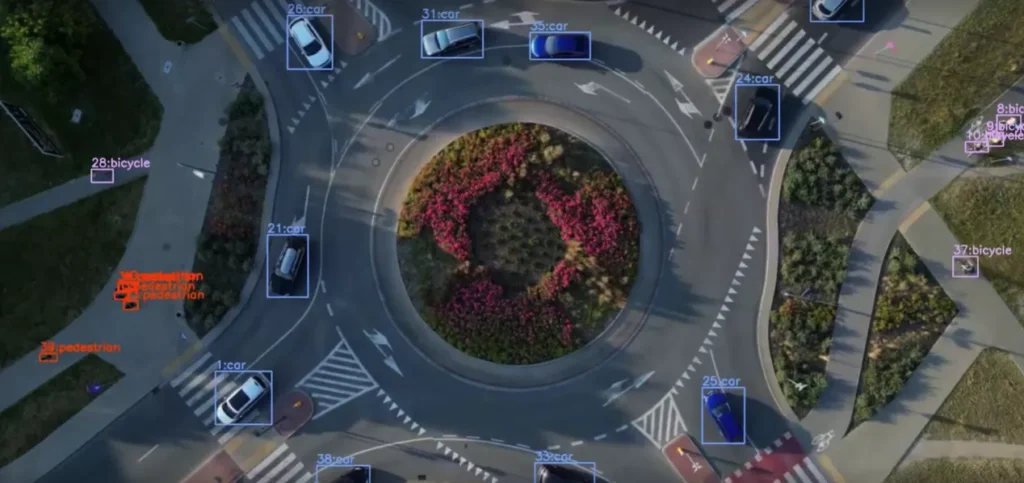

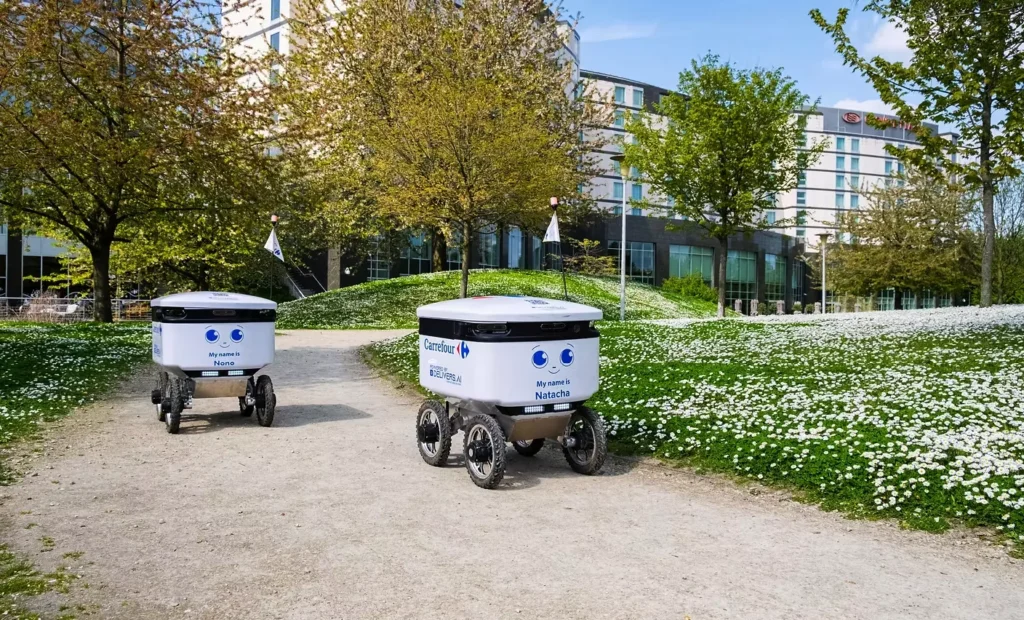
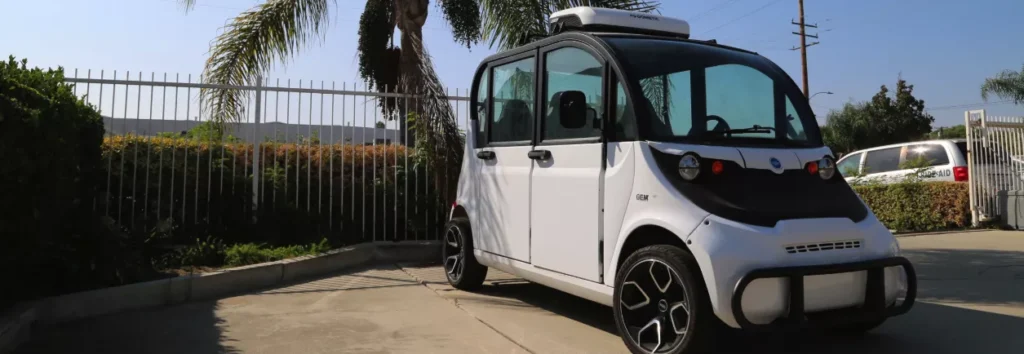
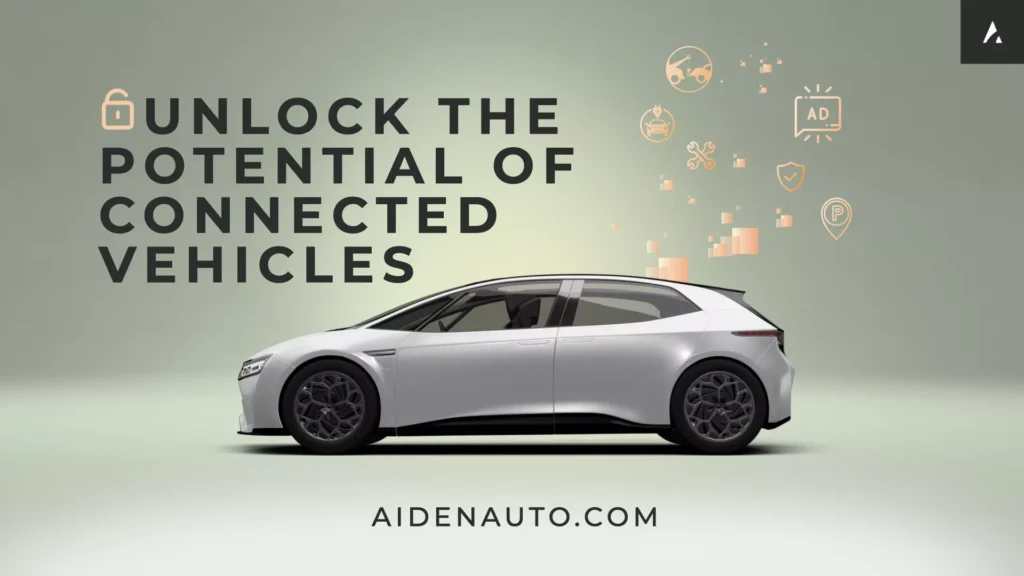





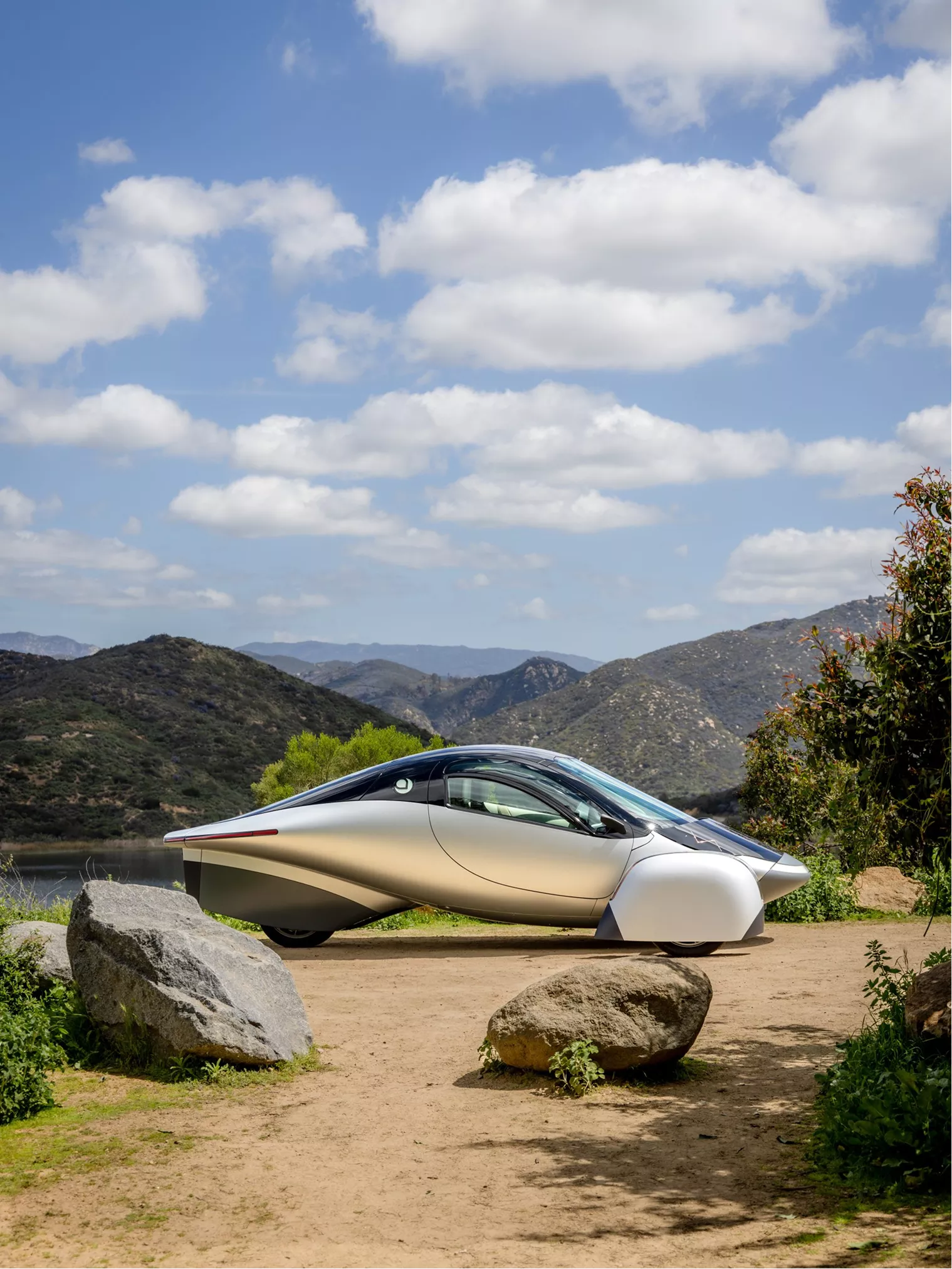
From EVs and batteries to autonomous vehicles and urban transport, we cover what actually matters. Delivered to your inbox weekly.
Stellantis has posted a €2.3 billion net loss for the first half of 2025, a sharp reversal from its €5.6 billion profit in the same period last year.
The downturn is driven by a mix of external pressure and internal resets: new U.S. tariffs, deep cost-cutting, and a strategic pullback from future-facing technologies. The company is pausing or cutting programs that just months ago were central to its long-term roadmap.
The biggest financial hit came from €3.3 billion in pre-tax charges, linked to downsizing, program cancellations, and realignment of product strategies.
Stellantis also reported that new U.S. import tariffs added $300 million in costs.
Total revenue fell 12.6% year-over-year to €74.3 billion, largely due to declining North American demand. Global vehicle shipments dropped 6% to 1.4 million units, pushing industrial free cash flow into the red at –€2.3 billion.
One of the most notable internal moves: Stellantis has shut down its hydrogen propulsion initiative. The company is also scaling back software-defined vehicle efforts and consolidating regional operations.
While EV development continues, Stellantis is signaling that non-core innovation is on hold. Executives now appear focused on regulatory-driven electrification, aiming to meet compliance and consumer demand without overextending.
The reset marks a decisive shift for Stellantis. After two years of aggressive bets on emerging tech, the company is narrowing its focus and leaning on core brands and markets to stabilize.
This strategy may protect near-term cash flow, but it also raises pressure to deliver results from a leaner product portfolio – and to show progress in EV sales without the support of moonshot R&D.
With a softening U.S. market and rising EV costs, Stellantis is choosing discipline over experimentation. Whether that buys time, or creates new vulnerabilities, will become clearer by early 2026.